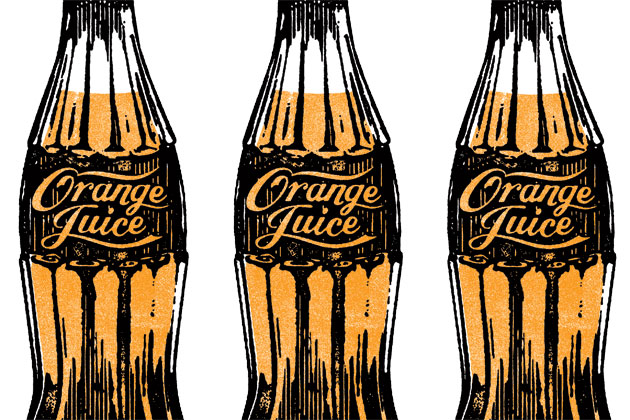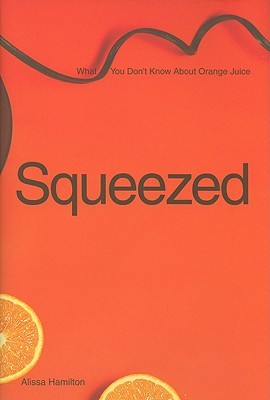
A not quite ready may apple at the New Concord Reservoir woods.
At this time of year, in the woods where I walk my dogs every day, the forest floor is covered with may apples. They were even the first green shoot to rise up out of the blackened soil after a fire recently burned a section of these woods. The may apple is one of the many wild fruits indigenous to North America, harvested and enjoyed by native peoples before the arrival of Europeans on these shores. My friend Jason Mancini, senior researcher at the Mashantucket Pequot Museum in Connecticut, calls the may-apple “the sweetest fruit.” I have never been able to taste it myself, for as soon as the green fruit ripens to yellow in midsummer, the animals of my forest gobble them up. (If you decide to experiment on your own, know that the plant itself is poisonous, and the unripe fruit can have a laxative effect.) One early European explorer who tasted the fruit, considered a delicacy by Native Americans, declared that it “taste like apricocks.”

Many early engravings of North America depicted a land of extraordinary abundance.
Early European explorers of North America paid close attention to the fruits of the land, and most did not hesitate to try the strange fruits they encountered, offering up descriptions of both their taste and their abundance. These early chroniclers sought to assess the suitability of these lands for European settlement, and they devoted much space to describing the soils, climate, and “air,” but also the abundance or scarcity of wild game, fish, birds, and wild fruits. By describing a landscape as “fruitful” colonial promoters were declaring that it promised abundance, health, and prosperity to those willing to colonize it. In contrast, any lands lacking in edible, delectable fruits were to be avoided. On a more practical level, an abundance of edible wild fruits, nuts, and berries (as well as fish and game) could be an important source of sustenance in the first years of any colony.
Colony promoters often tried to paint a picture of a New World Eden, where ripe fruits could be simply plucked from bushes and trees without labor. “This Countrey is a fruitfull soile, bearing many goodly and fruitfull Trees” declared George Percy, an early promoter of the Virginia colony. Percy described encountering “a little plat of ground full of fine and beautifull Strawberries, foure times bigger and better than ours in England” and an American wilderness as “all flowing over with faire flowers of sundry colours and kindes, as though it had beene in any Garden or Orchard in England.”

Thomas Harriot, holding an apple.
Thomas Harriot, another early English promoter of colonization visited Virginia in 1590 and found “the soils to be fatter” and “more plenty of their fruits, more abundance of their beastes.” Harriot wrongly identified persimmons as a type of Medlar, and described the prickly pear as “a kind of pleasant fruit.” New world grapes he deemed “a merchantable commodity” and declared the native wild strawberries “as good and as great as those we have in our English gardens.” Other fruits he identified as familiar were “mulberries, apple-crabs . . . and hurtleberries.” Almost two centuries later, William Bartram noted that North American strawberries were “a finer, [more] delicate fruit” than any grown in Europe, and another traveler described them as covering the ground “as with a red cloth.” The abundance of fruit suggested a life beyond mere survival, and one in which the promise of comfort, even luxury was possible. Who could not read a description of abundant fields of strawberries and trees bending downward under the weight of fruit and not taste the sweet juice on their tongue, or feel it dripping over their lip and down their chin?

Roman politician Lucullus, gastronome of the first order.
Reactions to the first tastes of New World fruits were mixed. Italian explorer Giovanni da Verrazano described the native crab apples of the Americas to be “apples worthy of Lucullus.” As Native Americans generally roasted them in the fire or marinated them in maple syrup to counter the crab apple’s bitterness, perhaps Verrazano’s first impression was the result of taste buds conditioned during a long sea journey by the consumption of dried up limes. In contrast, one Englishman warned others to be careful with the persimmon, for “if it be not ripe it will draw a man’s mouth awry with much torment.”
While adventurous explorers and promoters often provided positive reports of native fruits, other European observers were less enthusiastic about New World varieties. Historian Alfred Crosby has pointed out that “Europeans would come to the New World in great numbers only if a dependable supply [of] familiar European food was available.” Cultural prejudices which Europeans brought with them to the Americas made many at first reluctant to adopt Native American foods, and typically did so only out of necessity. English settlers put aside their initial prejudice against Indian maize, for example, only after confronting the reality that it was much easier to plant and tend in unbroken soils than English wheat and barley.

Father Paul Le Jeune
Upon his arrival in Quebec in 1634, Jesuit Father Paul LeJeune declared that “all the fruits they have (except strawberries and raspberries, which they have in abundance) are not worth one single species of the most ordinary fruits of Europe,” and promptly set out several rows of Old World apples and peaches to remedy the perceived deficiency. As waves of Europeans migrated to North America and established permanent colonies, they brought the fruits of their home with them. Some, like the Old World apple and peach thrived in the new environment, and some Native American tribes began to cultivate them and incorporate them into their diet. At the same time, Europeans grew to value many of North America’s indigenous fruit, including the pumpkin, blueberries and indigenous strawberries. But the fruits of the wild may apple, which still fill the forest floors of much of eastern North America, has mostly been left for other animals to enjoy.

May Apples were the first plants to sprout from the forest floor after a recent fire.





 The juices created by these processes appear in the supermarket under brand names like Simply Orange, which touts itself as “honestly simple” and Tropicana Pure Premium, which declares itself to be “100% Pure and Natural.” To be fair, anyone who takes the time to visit Tropicana’s website can watch this video
The juices created by these processes appear in the supermarket under brand names like Simply Orange, which touts itself as “honestly simple” and Tropicana Pure Premium, which declares itself to be “100% Pure and Natural.” To be fair, anyone who takes the time to visit Tropicana’s website can watch this video other are willingly bamboozled. Or perhaps the very meaning of terms like “natural” and “fresh” are in flux. In her fascinating book
other are willingly bamboozled. Or perhaps the very meaning of terms like “natural” and “fresh” are in flux. In her fascinating book 





You must be logged in to post a comment.